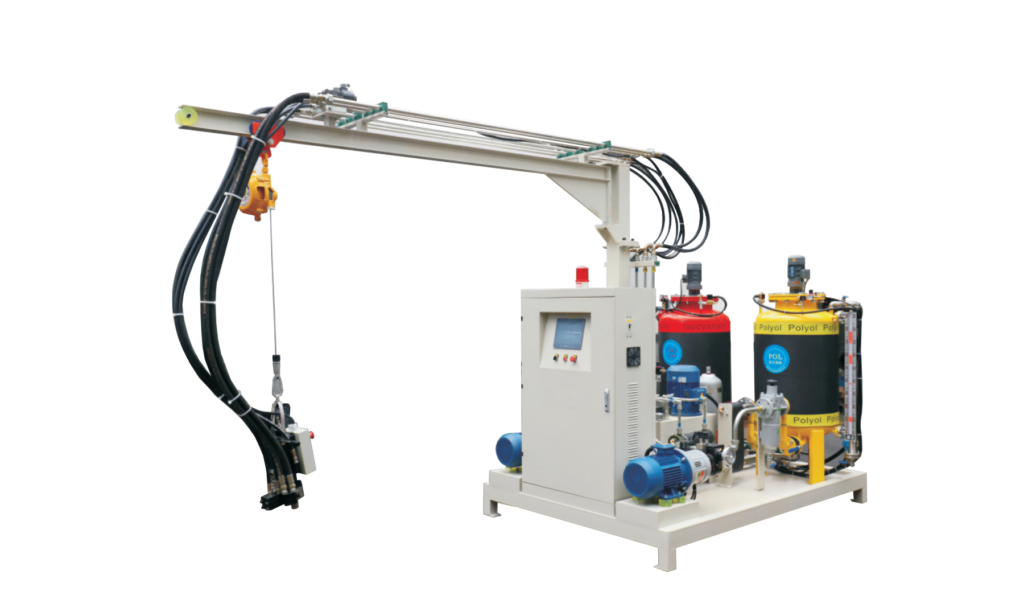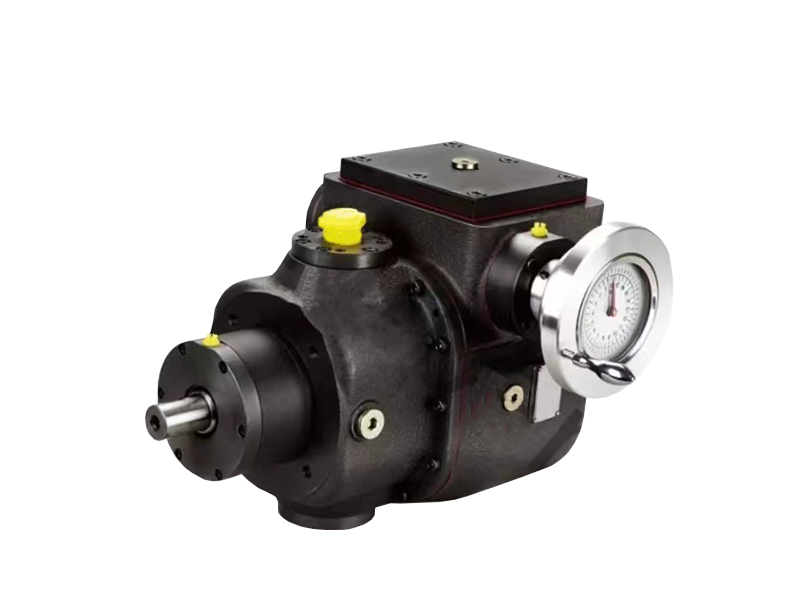Polyurethane foam is seemingly everywhere — in sièges auto offering comfort, insulating our buildings efficiently, cushioning furniture, and even forming parts of our appliances. It’s a remarkably versatile material. But have you ever stopped to think about how that liquid precursor transforms into the familiar foam structure? If you’re in an industry that uses PU foam, or considering investing in production capabilities, you know the machinery involved looks complex. Getting consistent, high-quality foam requires precision and control.
Comprendre le PU foaming machine working principle isn’t just academic curiosity; it’s fundamental to achieving optimal product quality, production efficiency, and safe operation. Making foam might seem like magic, but it’s pure engineering. As someone who has spent decades working with the design and application of polyurethane equipment at UREXCEED, let me demystify the polyurethane foam manufacturing process for you.

How Does a PU Foam Machine Work?
At its core, a PU foam machine works by precisely storing, metering, mixing, and dispensing two primary liquid chemical components: an isocyanate (Component A) and a polyol blend (Component B, which also contains catalysts, blowing agents, surfactants, etc.). Key systems within the machine ensure this happens accurately and reliably:
- Storage Tanks: Temperature-controlled to maintain chemical stability.
- Système de mesure : Delivers components at precise ratios.
- Mixing Head: Where A and B components are rapidly and thoroughly blended.
- Control Systems: Manage temperature, pressure, flow rates, and mixing parameters.
The reacting liquid mixture is then dispensed into a mold or onto a surface, where it undergoes a chemical reaction, expands (foams), and cures into the final solid polyurethane product. High-pressure machines achieve mixing through impingement; low-pressure machines use mechanical stirring.
Core Systems of a PU Foam Machine
1. Raw Material Storage & Conditioning
- Tanks for Component A and B.
- Temperature-controlled, often within ±0.5°C.
- Dry air or nitrogen blankets prevent moisture contamination.
2. Metering System
- High-precision pumps (gear or piston type).
- Accuracy: Flow error often ≤0.3%, pressure fluctuation <±2%.
3. Mix Head
- High mixing efficiency (>98%).
- Minimal unmixed material (<10ml).



4. Temperature Control
- Heated hoses, pipes, and tanks.
- Precise management (typically 20–80°C, ±1°C accuracy).
5. Conveying System
- Hoses and pipes rated for high pressure (often >25 MPa).
6. PLC Control System
- Monitors sensors and actuates pumps, valves, and heaters.



Accurate Measurement of Polyol and Isocyanate
Metering System Components:
- Pumps: Gear or piston pumps for high precision.
- Motor Control: Variable frequency drives (VFDs).
- Flow Meters (Optional): Mass or volumetric types for closed-loop control.
- Pressure Sensors: Ensure stable flow and detect anomalies.
The PU Foam Mixing Head
High-Pressure Mix Heads
- Impingement mixing at 100–250 Bar.
- Self-cleaning pistons.
Low-Pressure Mix Heads
- Mechanical stirring at 800–1500 rpm.
- Requires solvent flush or air purge.
High Pressure vs. Low Pressure PU Machines
| Parameter | High Pressure PU Machine | Low Pressure PU Machine |
|---|---|---|
| Working Pressure | 100–250 Bar | 5–15 Bar |
| Mixing Method | High-velocity impingement | Mechanical stirring |
| Tête de mélange | Self-cleaning | Requires flushing |
| Max Output | ~500 kg/h or more | ~200 kg/h |
| Min Shot Size | ~2 g/s | ~20 g/s |
| Coût | Higher | Lower |
| Applications | Automotive, appliances, complex parts | Continuous panels, block foam |
Temperature and Pressure Management
Contrôle de la température
- Heated tanks, pipes, hoses.
- Sensors and circulating heat transfer oil systems.
Contrôle de la pression
- Critical for flow stability.
- Transducers and relief valves ensure safety and accuracy.
PU Foam Production Workflow
- Preparation: Verify material levels, temperatures, and pressures.
- Recipe Input: Set or select production parameters.
- Initiate Pour: Trigger dispense via HMI or automation.
- Metering & Mixing: Pump components to the mix head.
- Dispensing: Deliver mixed components into mold/substrate.
- Foaming: Reaction leads to cream, gel, and tack-free phases.
- Cleaning: Self-cleaning (HP) or flushing (LP) after shot.
- Durcissement : Foam develops final strength and properties.
Conclusion
Le PU foaming machine working principle centers around precisely combining two reactive liquids under controlled conditions. From temperature-controlled storage, through accurate PU machine metering systems, into efficient PU foam mixing heads, every stage is vital.
Success relies on precise ratio control, thorough mixing, and stable temperature and pressure management. Whether you opt for a high pressure polyurethane machine for demanding, high-volume production or a low pressure PU foam machine for continuous manufacturing, understanding these fundamentals is key.
At UREXCEED, we build reliable, cutting-edge polyurethane foam systems designed around these principles, pushing quality and innovation forward while adhering to the core engineering that makes polyurethane foam production possible.
